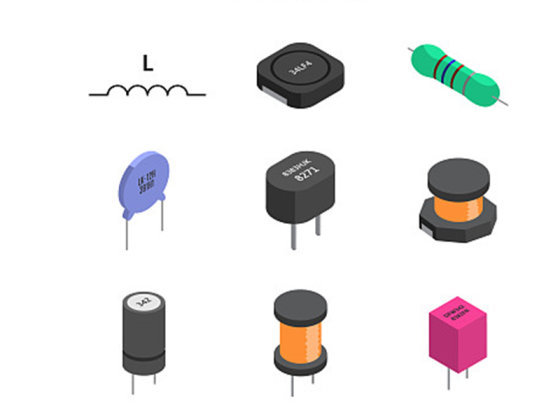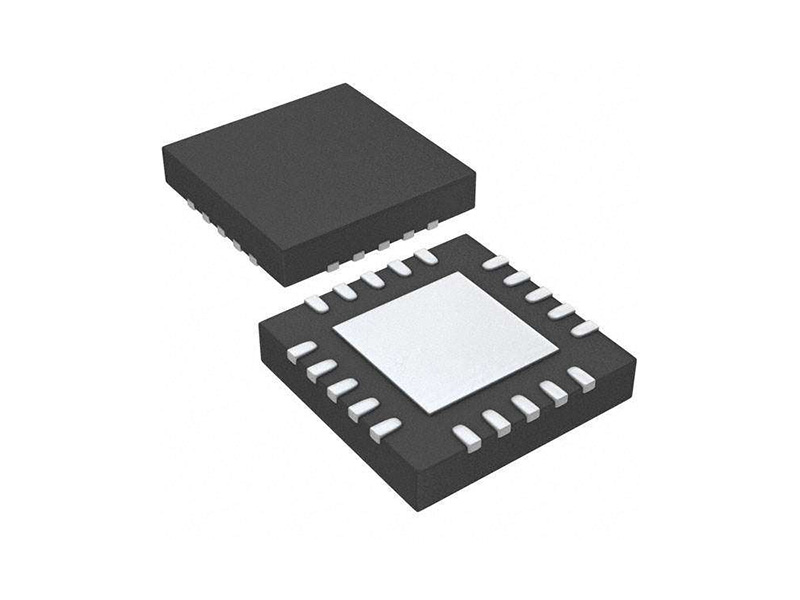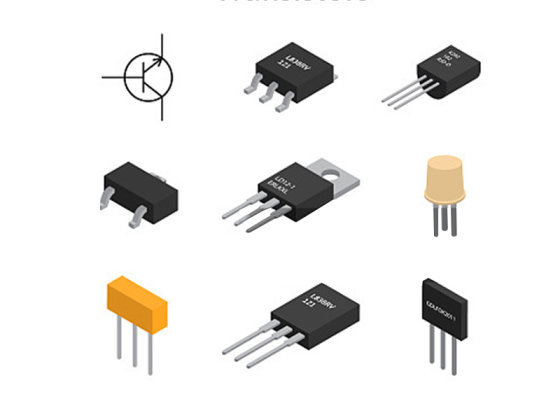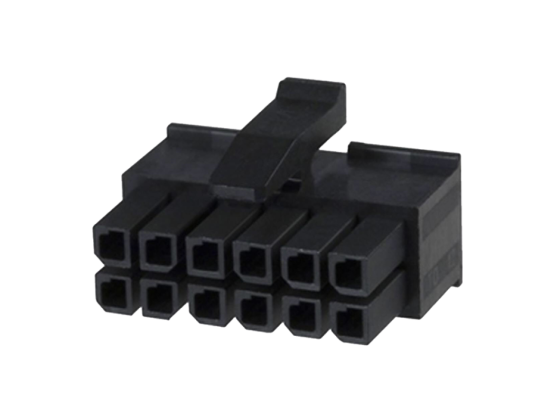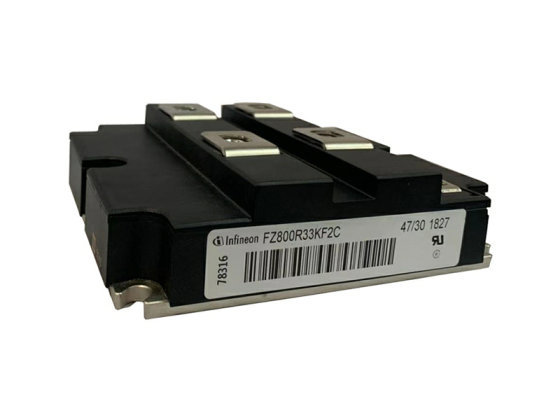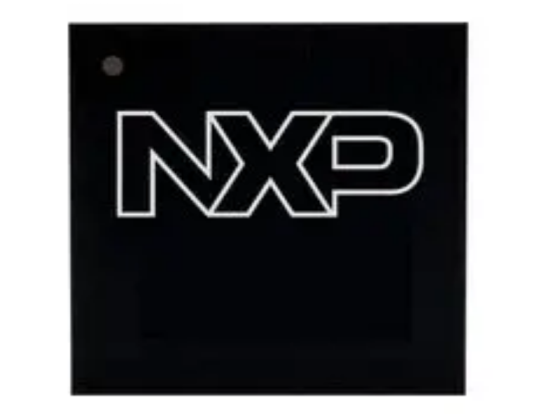An inductor is a component that converts electrical energy into magnetic energy and stores it. The structure of an inductor is similar to that of a transformer, but with only one winding. The inductor has a certain inductance, which only hinders the change of current. If the inductor is in a state where no current is passing through it, it will try to impede the flow of current through it when the circuit is turned on; if the inductor is in a state where current is passing through it, it will try to keep the current constant when the circuit is broken. Inductors are also known as chokes, reactors, and dynamic reactors.
Inductors are generally composed of a skeleton, winding, shield, encapsulation material, core or core, etc.
1, the skeleton skeleton refers to the winding coil support. Some of the larger fixed inductors or adjustable inductors (such as oscillation coils, current resistors, etc.), most of the enameled wire (or yarn-wrapped wire) around the skeleton, and then the magnetic core or copper core, iron core, etc. into the cavity of the skeleton to improve its inductance. The skeleton is usually made of plastic, plastic wood, or ceramic, and can be made into different shapes depending on actual needs. Small inductors (e.g., color-coded inductors) generally do not use a skeleton, but instead wind enameled wire directly onto the core. Hollow inductors (also known as stripped coils or hollow coils, mostly used in high-frequency circuits) do not use cores, bobbins and shields, etc. Instead, they are first wound on a mold and then removed from the mold, and the coils are pulled apart a certain distance between each turn.
2, winding Winding is a set of coils with specified functions, it is the basic component of inductors. The winding has a single layer and multi-layer. Single-layer winding and dense winding (winding wire a circle next to a circle) and between the winding (winding between each circle of wire are separated by a certain distance) two forms; multi-layer winding layered flat winding, chaotic winding, beehive winding method and many other.
3, the core and the magnet bar The core and the magnet bar generally use nickel-zinc ferrite (NX series) or manganese-zinc ferrite (MX series) and other materials, it has "I" shape, column, cap, "E" shape, can-shaped and other shapes.
4, the core core materials are mainly silicon steel sheet, PoMo alloy, etc., its shape is mostly "E" type.
5、Shield To avoid some inductors in the work of the magnetic field generated by other circuits and components to work properly, the addition of a metal screen cover (such as semiconductor radio oscillation coil, etc.). The use of shielding inductors, will increase the loss of the coil, so that the Q value is reduced.
6, encapsulation materials Some inductors (such as color code inductors, color ring inductors, etc.) after winding, with encapsulation materials to seal the coil and core, etc.. Encapsulation materials such as plastic or epoxy resin.
An inductor is a component that converts electrical energy into magnetic energy and stores it. The structure of an inductor is similar to that of a transformer, but with only one winding. The inductor has a certain inductance, which only hinders the change of current. If the inductor is in a state where no current is passing through it, it will try to impede the flow of current through it when the circuit is turned on; if the inductor is in a state where current is passing through it, it will try to keep the current constant when the circuit is broken. Inductors are also known as chokes, reactors, and dynamic reactors.
Inductors are generally composed of a skeleton, winding, shield, encapsulation material, core or core, etc.
1, the skeleton skeleton refers to the winding coil support. Some of the larger fixed inductors or adjustable inductors (such as oscillation coils, current resistors, etc.), most of the enameled wire (or yarn-wrapped wire) around the skeleton, and then the magnetic core or copper core, iron core, etc. into the cavity of the skeleton to improve its inductance. The skeleton is usually made of plastic, plastic wood, or ceramic, and can be made into different shapes depending on actual needs. Small inductors (e.g., color-coded inductors) generally do not use a skeleton, but instead wind enameled wire directly onto the core. Hollow inductors (also known as stripped coils or hollow coils, mostly used in high-frequency circuits) do not use cores, bobbins and shields, etc. Instead, they are first wound on a mold and then removed from the mold, and the coils are pulled apart a certain distance between each turn.
2, winding Winding is a set of coils with specified functions, it is the basic component of inductors. The winding has a single layer and multi-layer. Single-layer winding and dense winding (winding wire a circle next to a circle) and between the winding (winding between each circle of wire are separated by a certain distance) two forms; multi-layer winding layered flat winding, chaotic winding, beehive winding method and many other.
3, the core and the magnet bar The core and the magnet bar generally use nickel-zinc ferrite (NX series) or manganese-zinc ferrite (MX series) and other materials, it has "I" shape, column, cap, "E" shape, can-shaped and other shapes.
4, the core core materials are mainly silicon steel sheet, PoMo alloy, etc., its shape is mostly "E" type.
5、Shield To avoid some inductors in the work of the magnetic field generated by other circuits and components to work properly, the addition of a metal screen cover (such as semiconductor radio oscillation coil, etc.). The use of shielding inductors, will increase the loss of the coil, so that the Q value is reduced.
6, encapsulation materials Some inductors (such as color code inductors, color ring inductors, etc.) after winding, with encapsulation materials to seal the coil and core, etc.. Encapsulation materials such as plastic or epoxy resin.

